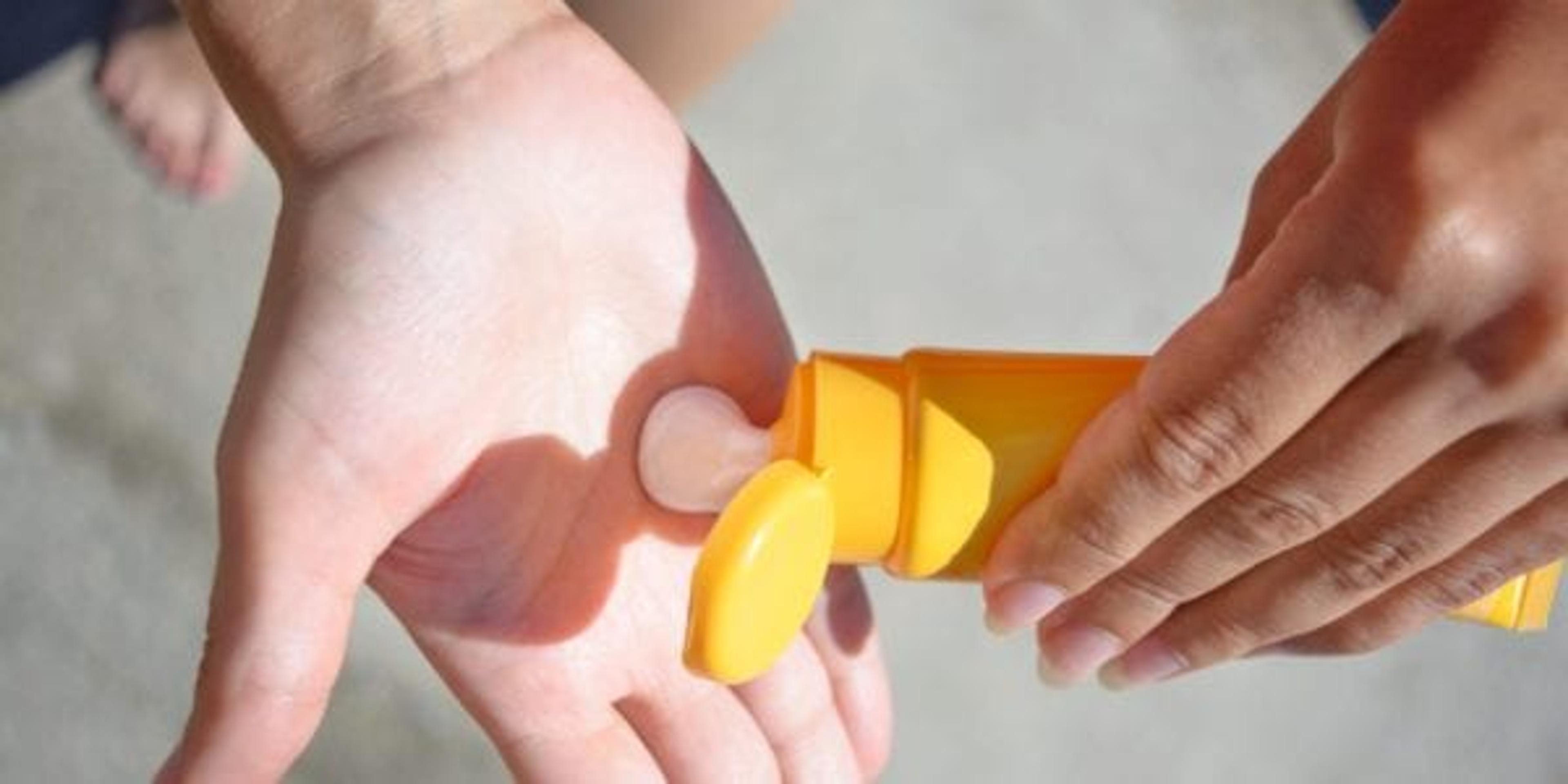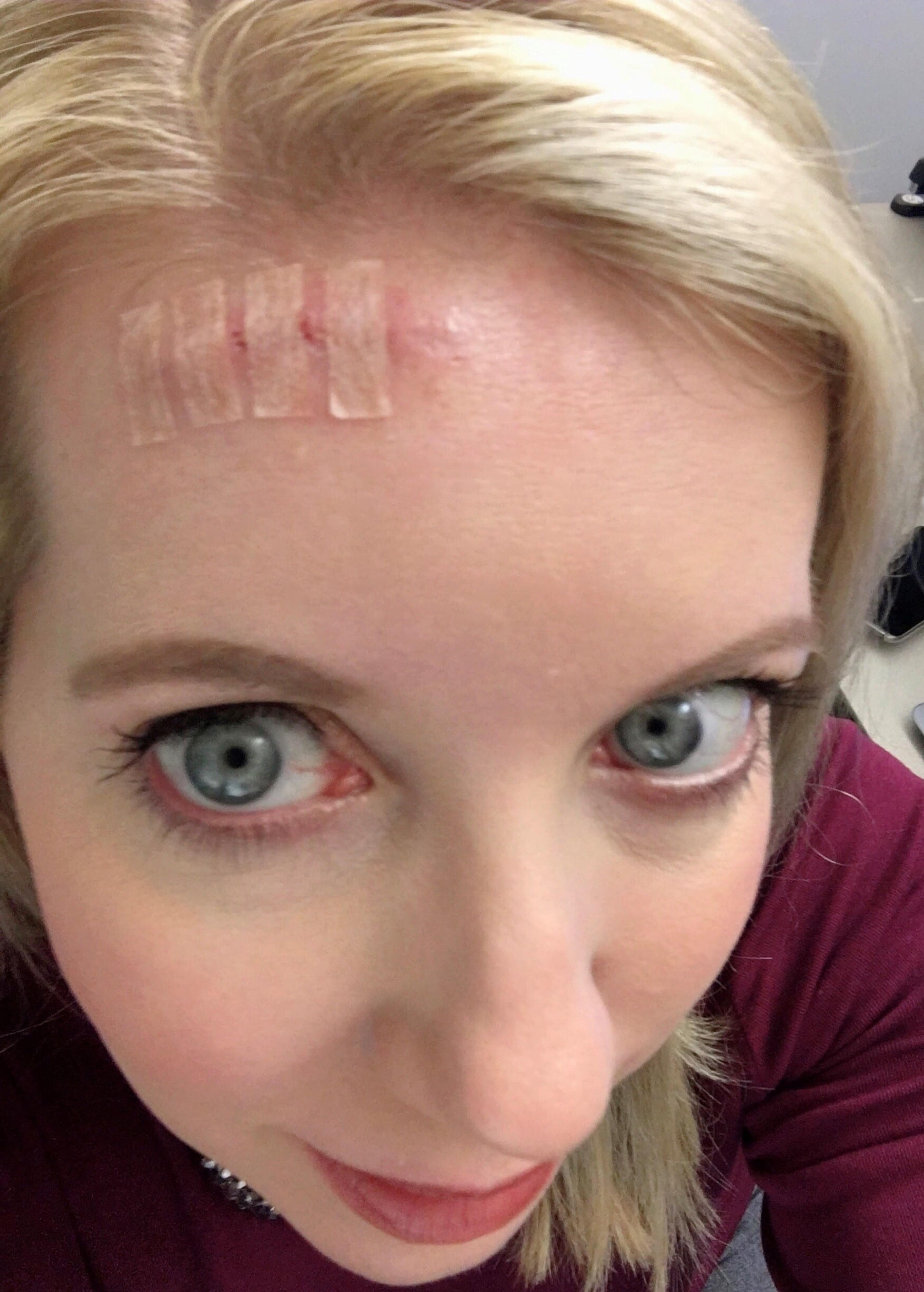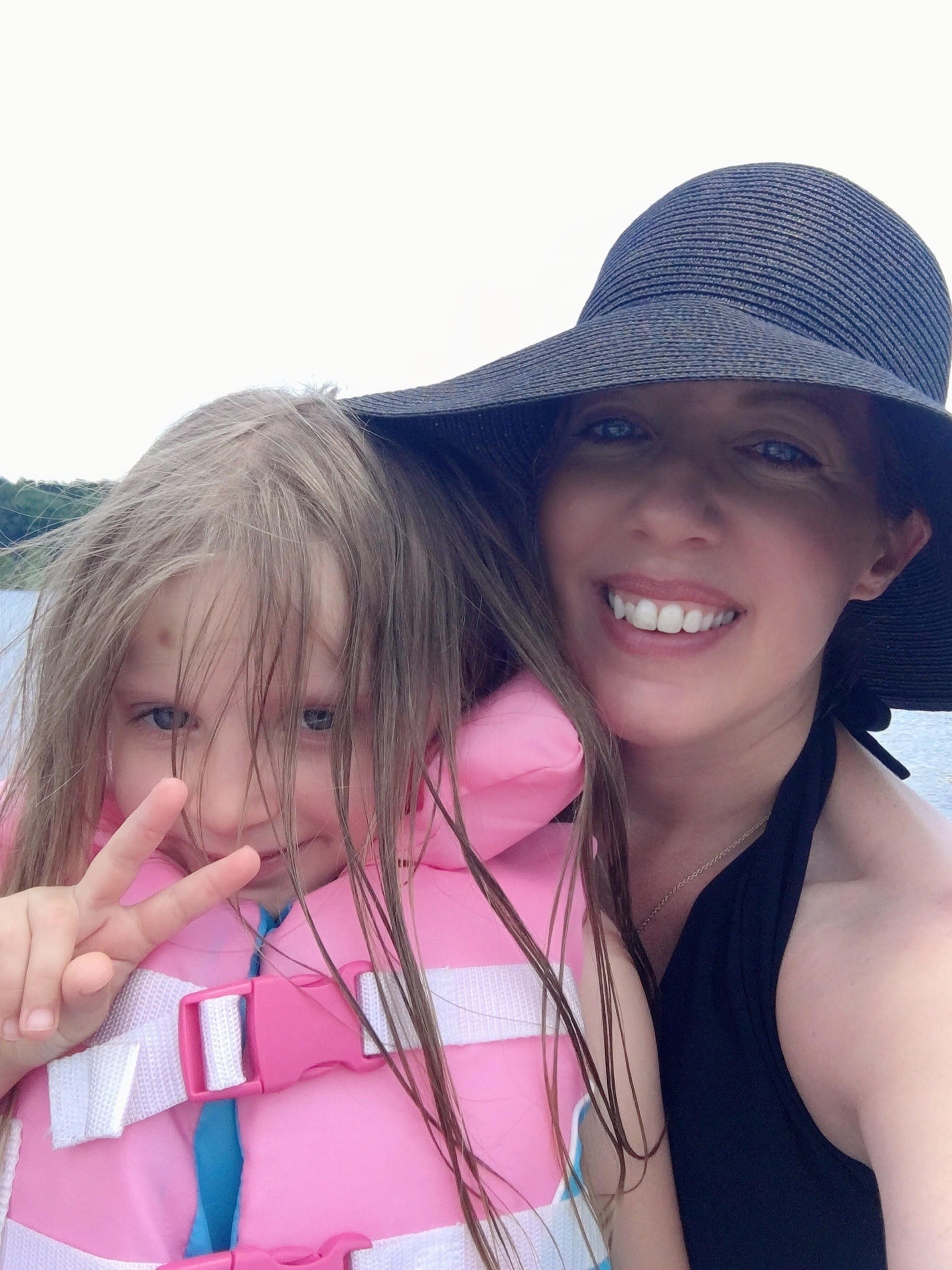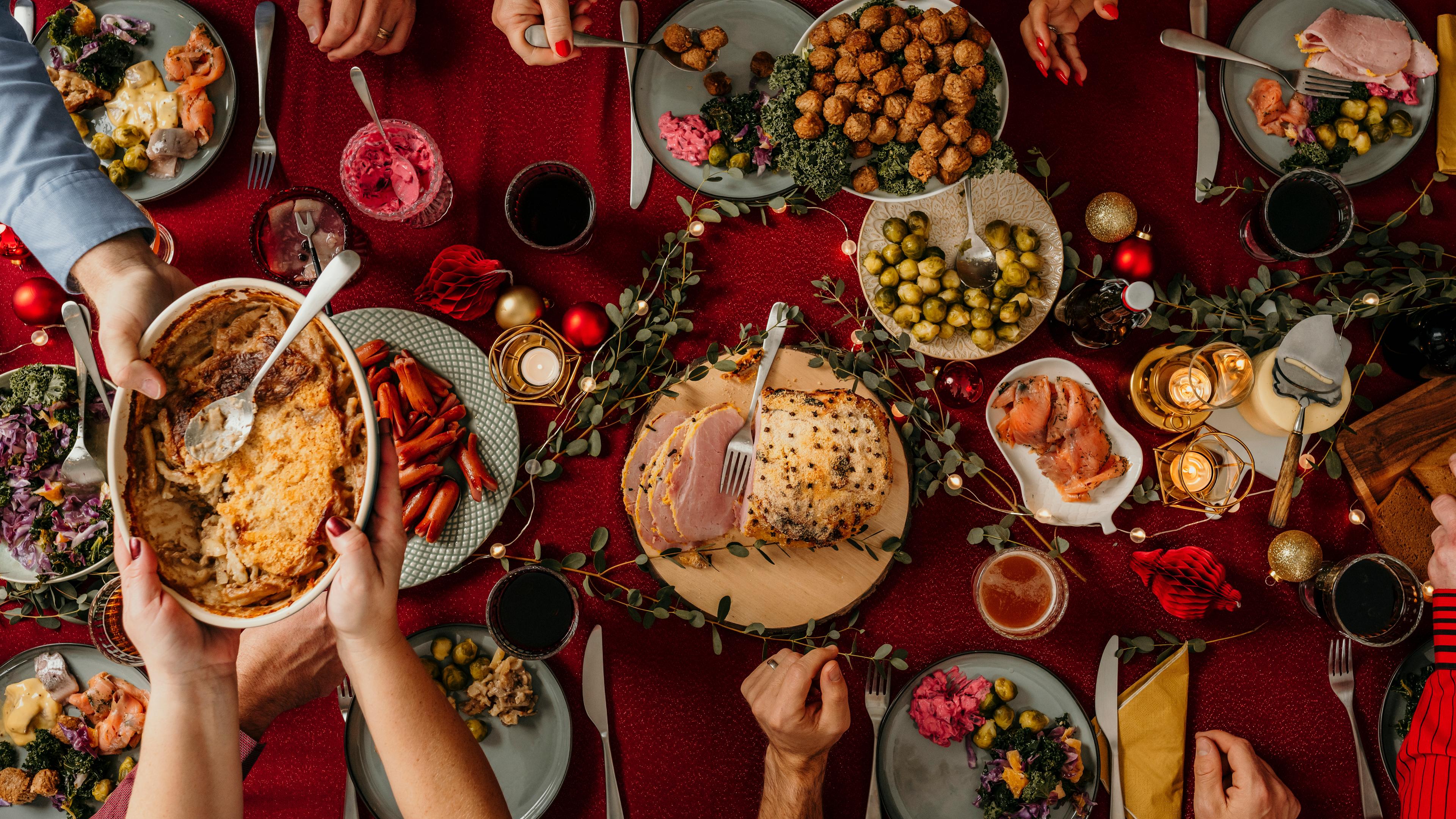Skin Cancer Survivor Wants Others to Learn from Her Mistakes

Julie Bitely
| 3 min read

Last year I wrote a blog post about why I regret tanning in my teens and 20s.
In it, I wrote “there’s a spot on my forehead that’s been biopsied twice. So far, it isn’t cancerous, but it also hasn’t gone away and is a daily reminder to do better.”
Despite those efforts to do better by mostly avoiding the sun during peak hours and always wearing sunscreen, the damage I’d done to my skin in my youth caught up with me. In September, I had that same pesky spot biopsied a third time. The result? You guessed it, skin cancer.

About one week after surgery
Fortunately, my basal cell carcinoma is the most common form of skin cancer, with over 4 million cases diagnosed every year in the U.S. When caught early, it’s easy to treat and cure. In December, I underwent Mohs surgery, a relatively simple outpatient procedure that removed the cancer layer by layer to leave the smallest possible scar.
Today, the cancer is all gone. With a little concealer, you can’t even see the scar unless you’re really looking for it. But it feels like my skin is a ticking time bomb. About 60% of people with one skin cancer will be diagnosed with another within 10 years. The entire experience served to strengthen my resolve to be more vocal and outspoken when I see friends and family cavalierly posting about laying out in the sun or getting a tan, especially my younger relatives.
I understand the desire to be tan and spend time in the sun, I really do. But please learn from my mistakes. With everything we know about UV rays and their link to skin cancer, it’s not worth it. Harmful rays from the sun and the use of tanning beds are the main causes of skin cancer.
Avoiding both and taking precautions now means you can prevent the inconvenience of having skin cancer removed, or worse, being diagnosed with a melanoma, the deadliest form of cancer. I joke about my pale skin but believe protecting it is deadly serious, knowing that my use of indoor tanning beds as a young person increases my risk for melanoma by 59%. I hate those odds.
Even though I’m fair-skinned and my skin quickly turns pink in the sun (or it did before I got serious about my sunscreen application), this advice is for everyone, regardless of skin type or color. UV rays damage skin, full stop. People of all ethnic backgrounds can and do get skin cancer.

Hats are now part of my summer uniform
So, wear sunscreen every time you go outside, even in the winter, and try to time your outdoor adventures in the early morning or later in the evening to avoid hours when the sun’s rays are most intense. If you like a tropical tan, please invest in a great self-tanner and skip the UV rays that put you at risk for cancer. Learn your skin’s landscape and where you have moles and freckles; regular self-exams can help you track any suspicious changes and seek earlier treatment, which improves your odds of beating cancer. Finally, please schedule an annual skin screening with a dermatologist – it could absolutely save your life.
Related:
Main image photo credit: penyushkin; all others courtesy of the author





